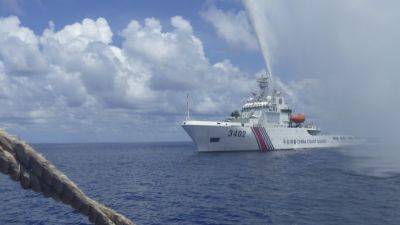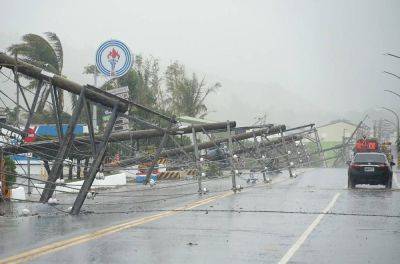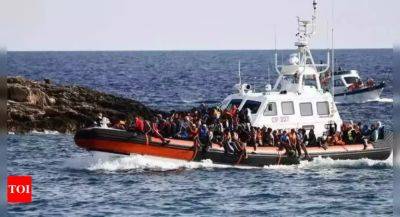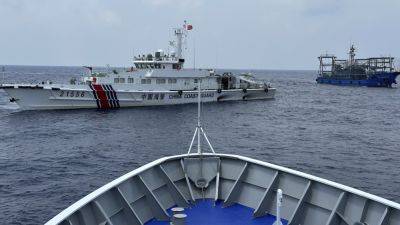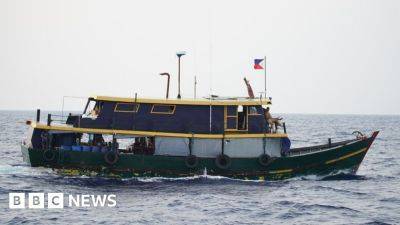What’s behind rising China-Philippines tensions in the South China Sea?
Tensions between China and the Philippines are on the rise once again, with Manila accusing the Chinese Coast Guard of using water cannon to block a Philippine military supply boat from delivering food, fuel and water to troops garrisoned on a decommissioned warship grounded on a reef in the South China Sea.
The confrontation over the weekend – near the disputed Second Thomas Shoal – was the latest flare-up in a long-running territorial conflict in the resource-rich waters, involving China, the Philippines, Vietnam, Malaysia, Taiwan and Brunei.
Branding the Chinese Coast Guard’s actions “excessive” and “dangerous”, the Philippines summoned Beijing’s envoy in Manila to lodge a formal protest.
For its part, Beijing, which claims sovereignty over the submerged reef, known as Ayungin in the Philippines and Ren’ai in China, urged the Philippine military to remove the grounded ship from the area.
But Manila was defiant.
“The Philippines will never abandon our post in Ayungin Shoal,” a spokesman for the Philippine National Security Council said.
Beijing responded with a strong warning.
“China will continue to take necessary measures to safeguard its sovereignty,” the defence ministry said.
As the standoff between Beijing and Manila continues, here is what you need to know.
Whose territory is it, anyway?
- China claims sovereignty over nearly all of the South China Sea, including the Second Thomas Shoal, based on historical records dating to the Xia dynasty, nearly 4,000 years ago.
- Beijing has illustrated its claim to the critical maritime area – a key sea transport route – with a vague, U-shaped “nine-dash line” that cuts into the exclusive economic zones, or EEZs, of Brunei, Indonesia, Malaysia, the Philippines, Taiwan and



